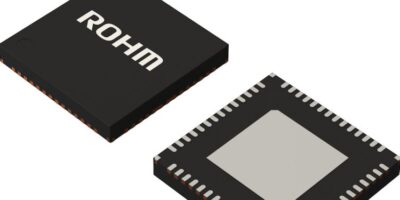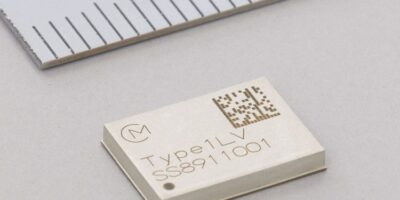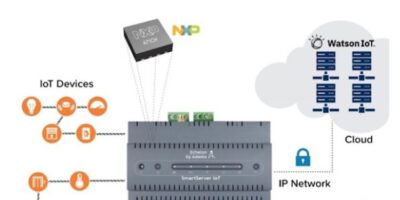The Smart Airport Asset Management Solution, co-created with IBM, enables airport operators to improve the performance of escalators, moving walkways, baggage handling systems and potable water cabinets
Arrow Electronics has announced that it has launched the Smart Airport Asset Management Solution, an innovative IoT solution co-created with IBM.
Based on an Arrow-designed and sourced set of IoT sensors and gateways, the IBM Watson® IoT Platform, and IBM Maximo® Enterprise Asset Management software, the solution will provide airport operators with improved operational insights that optimise equipment maintenance to avoid downtime and improve the traveller experience.
“Over seven billion passengers fly every year, so creating smart airports is smart business,” said Aiden Mitchell, vice president of IoT for Arrow. “This solution we have developed with our suppliers will help improve the customer experience and demonstrates the model that IBM and Arrow are implementing across the relationships at the heart of IoT.”
The Smart Airport Asset Management Solution collects data such as temperature, vibration and motor fluid levels from sensors on motors and other moving parts in escalators, moving walkways and baggage handling systems. Additionally, sensors on potable water cabinets measure temperature, open/closed door, water flow and leakage to determine if the cabinet is functional. The solution resolves frequent operational challenges that most negatively impact travellers according to an Airport Service Quality report from the Airport Council International.
Data is collected from the sensors connected to wireless gateways, and then consolidated and analysed on the IBM Watson IoT Platform. The industry-leading IBM Maximo® portfolio creates a more efficient asset management process using the collected data to drive workflows, resource allocation, and provides analytics to assess the health of assets to guide scheduled and unscheduled maintenance.
“Harnessing data and analytics, this end-to-end IoT solution enables airports to improve the performance of key assets that directly impact customer experience,” said Adriana Robinson, vice president, IBM Watson IoT. “This will allow maintenance teams to predict airport facility equipment failure and create proactive maintenance workflows.”
The solution is available through Arrow, its business partners, and IBM.






